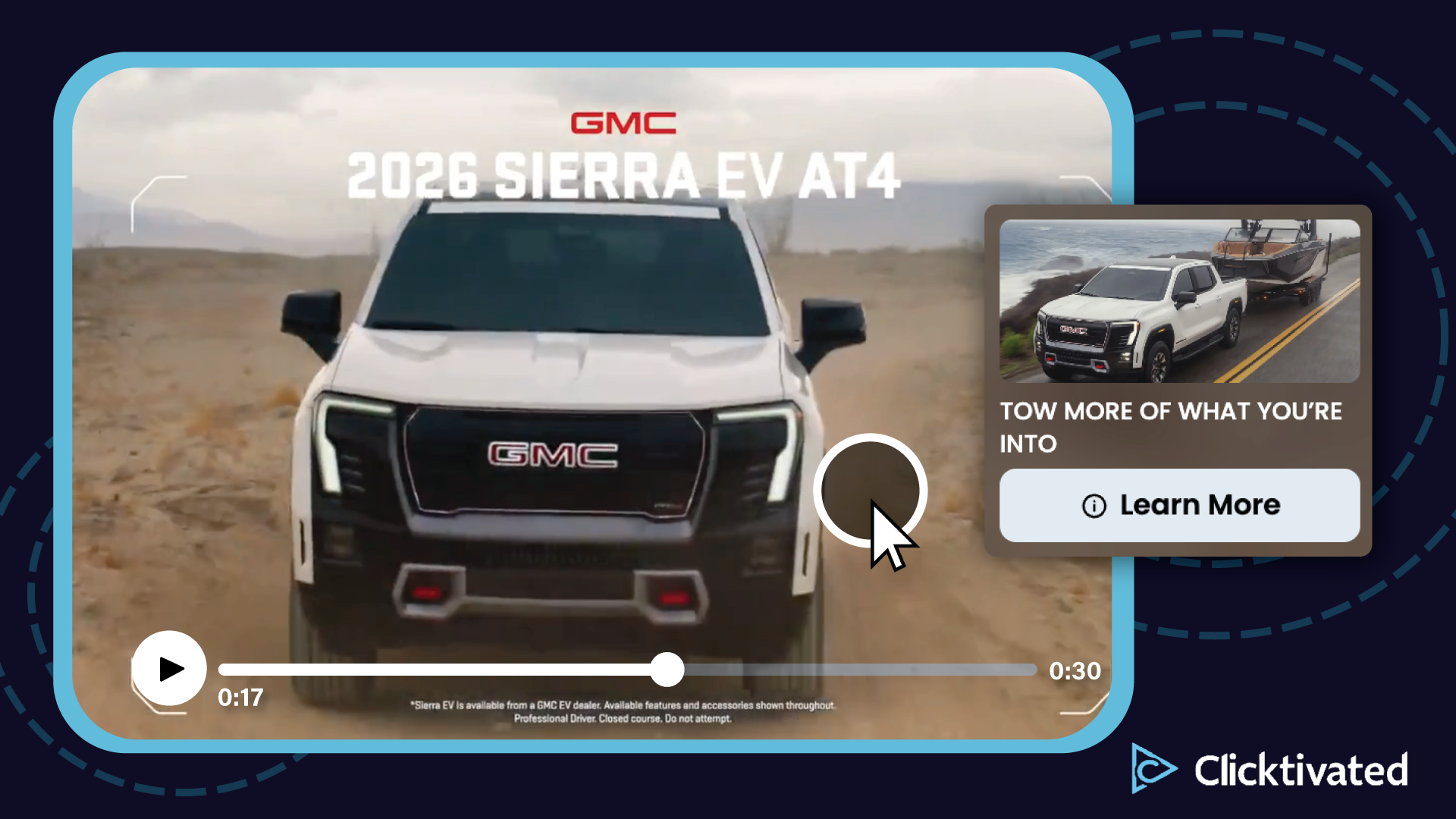For decades, the marketing funnel gave structure to uncertainty.
It offered the comforting belief that if we could guide people from awareness to consideration to conversion, outcomes would follow predictable rules. It was simple, elegant, and for a long time, effective enough.
But simplicity is rarely a reflection of reality. The funnel was born in 1898, courtesy of Elias St. Elmo Lewis, who believed attention, interest, desire, and action could explain every purchase decision. It was revolutionary for its time in a world where communication moved one way and a salesperson’s pitch was the only media channel that mattered.
For decades, it worked.
Then came the 2000s, when millennial marketing gurus discovered they could turn the funnel into a formula. “Offer a freebie, get an opt-in, and voila, you have new clients!” they said, usually while selling a course about selling courses. The funnel became less about understanding people and more about automation and shortcuts.
Fast-forward to today, and Gen Z has shattered what was left.
The funnel didn’t evolve. It broke. And honestly, maybe it deserved to.
What replaced it isn’t a new model, it’s a new behavior driven by immediacy, context, and content. People don’t discover brands and then decide. They decide while discovering. They don’t need nurturing, they need access. And sometimes, they need a video that can do both in under 15 seconds.
In a world where discovery, evaluation, and action collapse into a single scroll, the old funnel can’t hold. It’s not just outdated, it’s misleading. It encourages brands to design journeys that people don’t actually take.
That shift shows up in three big ways:
1. Attention is completely unpredictable.
Gone are the days when we could predict where someone might "enter the funnel." Consumers don’t start at the top anymore. They enter from anywhere:
- A TikTok mention
- A YouTube Short
- A friend’s group chat
- Seeing a digital billboard that sparks a quick Google search
- Scanning a QR code at a coffee shop or event
- Catching a brand during a connected TV spot and looking it up instantly
- Joining a live experience that bridges on-site and social content
- Entering a website through a video that brilliantly incorporates Clicktivated technology 😉
They might convert immediately or forget about it within seconds. The marketer’s job isn’t to build a path, it’s to create opportunities wherever attention lands.
2. Awareness isn’t a beginning anymore.
The industry still talks about “building awareness,” but awareness already exists. We are long past the age of scarcity; this is the age of saturation. Recent research suggests that the average person is exposed to anywhere from 6,000 to 10,000 ads and branded messages every single day.
People spend their time swiping away notifications, ignoring promotional text messages, and fighting through crowded inboxes. Add in push notifications, video autoplay, and social feeds, and it’s no wonder the brain filters most of it out.
We’re not lacking awareness, we’re drowning in it.
People now opt in and add themselves to lists just to grab a quick coupon code or freebie and then promptly ignore every follow-up email, text, or notification that comes afterward. Awareness alone has become meaningless when everyone is shouting.
Real awareness now happens when context, timing, and tone align, cutting through the noise and meeting someone in the right mindset.
In a content-heavy world, that breakthrough moment often comes from video: the format that can make people stop scrolling, laugh, think, or click all in the same instant.
3. Technology rewired sequence.
The old days of predictable progression are gone. Technology didn’t just enhance the funnel, it completely rearranged it. Algorithms no longer care about your carefully planned content strategy. We play by their rules, and those rules can change overnight.
One small tweak to a platform’s preferences and your high-performing content can vanish from visibility, leaving marketers scrambling to figure out what the algorithm wants this week.
Search now connects directly to checkout, and video doesn’t just entertain, it captures data, builds trust, and sells in one shot. A social post can lead to a website visit, which triggers a retargeting ad that drives a purchase during a lunch break.
In this environment, a single click can bypass six touchpoints, and the journey isn’t really a journey anymore. It’s a series of quick decisions, backtracks, and rediscoveries -- a digital dance between curiosity and convenience.
The funnel isn’t a straight line. Instead, it’s a feedback loop between relevance, timing, and response.
What this means for marketers
Stop thinking of your audience as passengers waiting for directions.
They’re already in motion, probably faster than your analytics dashboard can refresh. Every piece of content, especially video, should be capable of standing on its own and creating a clear path to action.
The funnel didn’t evolve. It shattered.
What replaced it is far more dynamic, visual, and human -- an open system shaped by how people actually behave, not how we wish they would.
Of course, finding a way to connect curiosity to clicks seamlessly might take a little help from some clever tech. We might know a company that does that pretty well.
Something to think about:
If attention can appear anywhere, how might your content change if every video was built to be both the first touch and the final step?
.svg)



